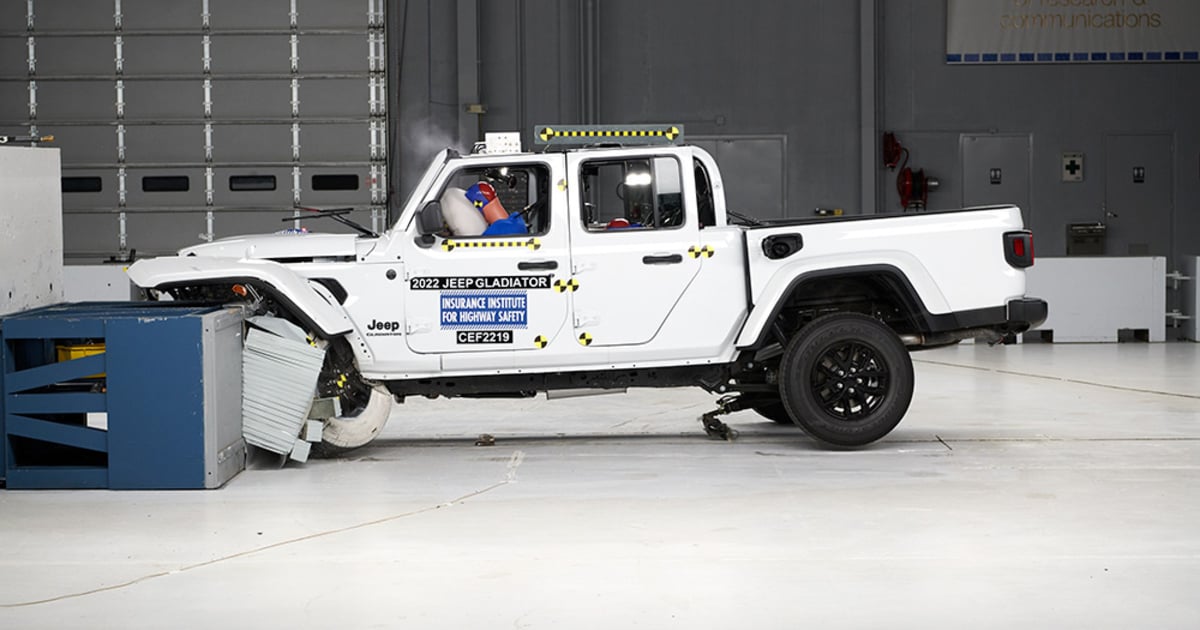
U.S. consumers increasingly prefer larger vehicles. They want lots of space and an abundance of features, and larger vehicles are typically considered safer. But while larger vehicles tend to provide a high level of protection for their drivers, they are among the most dangerous vehicles on the road for drivers of other vehicles, the Insurance Institute for Highway Safety found in a study released Thursday.
In 30 years studying this topic, the IIHS has found that smaller vehicles always have higher death rates. “The reasoning was just the physics of a crash,” Chuck Farmer, IIHS vice president for research and statistical services, told Automotive News. “When a larger vehicle hits a smaller vehicle, the larger vehicle wins.”
Though larger vehicles are safer for their own drivers, they might be more dangerous for drivers of the vehicles they crash into. “If you’re in the larger vehicle, you’re more protected, but the physics would say the other guy is going to be worse off,” Farmer said.
Of the 20 models with the highest rates of death for drivers of other vehicles, IIHS found seven are large or very large pickups. The organization does not use passenger deaths in calculating rankings because some vehicles carry many passengers while others carry none.
Farmer said he was surprised to find that some vehicles ranking highest in death rates for their own drivers were also among the highest in deaths of other drivers. Cars appearing on both lists? “Muscle cars,” such as the Dodge Challenger.
Several luxury vehicles with both the lowest driver and other-driver death rates offer about as much horsepower as some muscle cars that rank among the worst. An explanation for this may be the vehicles’ image, according to IIHS.
“Luxury cars are associated with ease and comfort,” the IIHS said in a statement. “In contrast, the muscle cars on this list are associated with the early days of the drag strip, as illustrated by features like racing stripes, hood scoops and spoilers, and that seems to influence how they’re driven.”
The average driver death rate for the newest vehicles on the road has increased in each IIHS study since 2011. The organization said that’s because newer models are more crashworthy than many older models on the road, so when a newer vehicle crashes into an older one, it’s more likely the driver of the older vehicle will die.
For 2020 models, the average driver death rate was 38 per 1 million registered vehicles. That number includes models as far back as 2017 if they were not substantially redesigned. The average other-driver death rate was 53 per 1 million registered vehicles.
For consumers who want a safe vehicle for both themselves and other drivers, Farmer recommends going for something in the middle. “Don’t go for the really small minicars and don’t go for the huge vehicles — the super large pickups — unless you absolutely need it for your work,” he said.
Minicars had the highest driver death rates. Midsize cars and SUVs made up 17 of the 20 models with the lowest driver death rates and 12 of the 20 models with the lowest other-driver death rates.